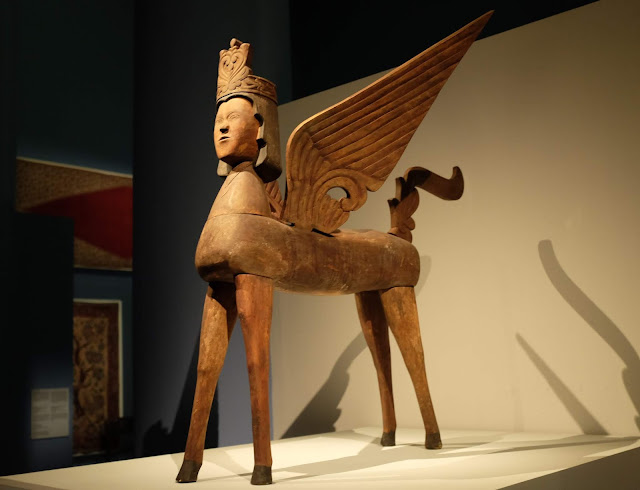Maya: The Great Jaguar Rises through December 31, 2019 at the Royal British Columbia Museum in Victoria, British Columbia, Canada

Maya: The Great Jaguar Rises through December 31, 2019 at the Royal British Columbia Museum in Victoria, British Columbia, Canada. Discover a powerful culture that rose in the tropical rainforests of Guatemala thousands of years ago, and learn how science and belief shaped the Maya identity from ancient times to present day. The exhibition boasts the world’s largest and most impressive display of Maya objects from Guatemala, and features more than 300 precious jade, ceramic, gold, stone and textile artifacts reflecting classic and contemporary Maya culture. Image: An exhibit visitor studies a Mayan relief at "The Great Jaguar Rises" in the Royal BC Museum. Image courtesy of the Royal British Columbia Museum.





















